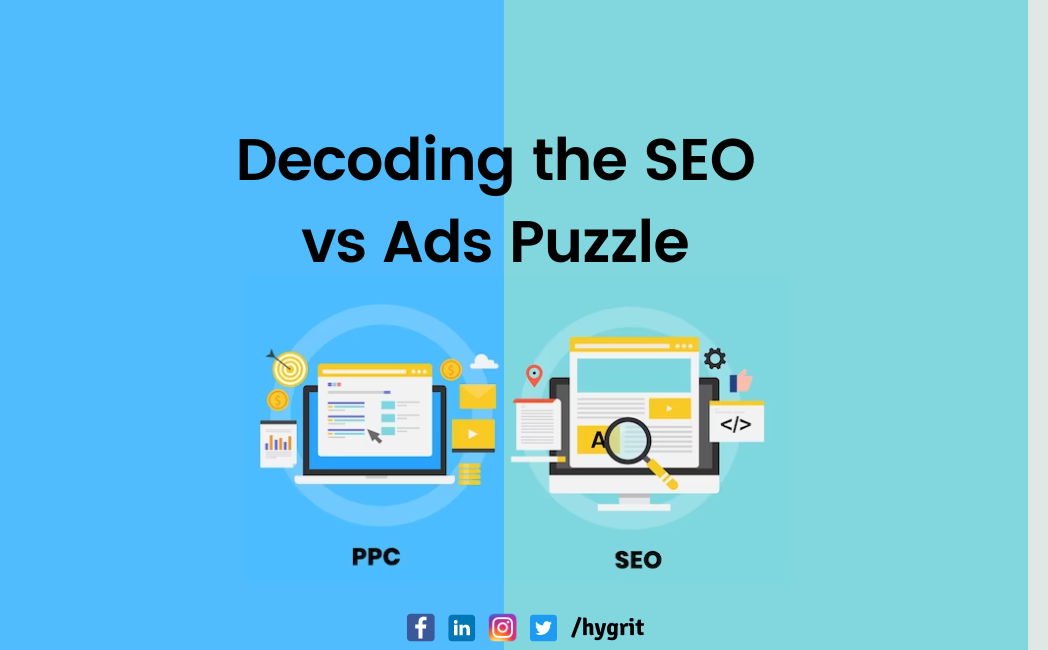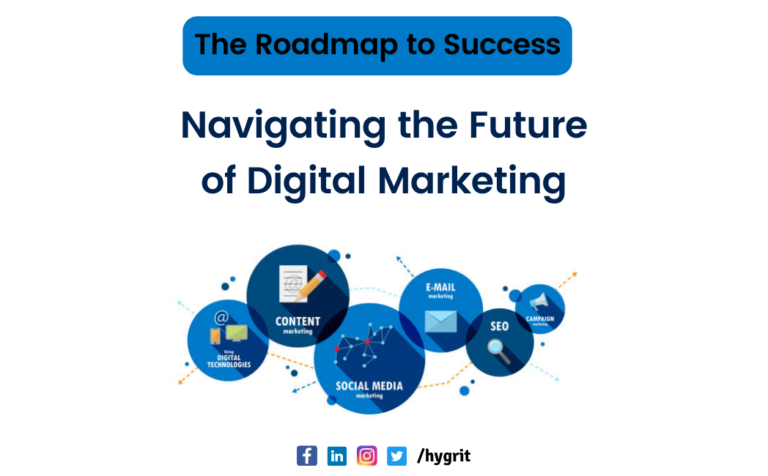In the digital marketing landscape, businesses often face the question of whether to focus on search engine optimization (SEO) or invest in advertising campaigns. Both strategies have their merits and can contribute to the success of a business. Understanding when to optimize and when to advertise is crucial for maximizing your online presence and driving targeted traffic to your website. This article focuses on SEO vs Ads. Let’s explore the key considerations and scenarios for each approach:
SEO (Search Engine Optimization):
- SEO aims to improve your website’s visibility and organic search rankings.
- It focuses on optimizing various elements of your website to attract search engine traffic.
- Here are the situations when SEO is the preferred strategy:
- Long-term Strategy: SEO is a long-term investment that builds a strong foundation for sustainable organic traffic growth over time.
- Content Optimization: If you have valuable, informative, and high-quality content, optimizing it for SEO can help increase visibility and attract relevant organic traffic.
- Budget Constraints: SEO can be a cost-effective strategy compared to paid advertising, especially for businesses with limited budgets.
- Niche or Local Targeting: When targeting specific niches or local markets, SEO can help capture relevant traffic and improve visibility within the target audience.
Ads (Advertising):
- Advertising involves paid campaigns to promote your products or services to a specific target audience.
- It allows for immediate visibility and can drive quick results.
- Here are the scenarios when advertising is the preferred strategy:
- Quick Results: If you need immediate visibility and want to drive traffic and conversions in a short period, advertising can deliver faster results compared to SEO.
- Competitive Industries: In highly competitive industries where organic rankings are challenging to achieve, advertising can help you gain a competitive edge and secure top positions in search engine results.
- Specific Targeting: Ads offer precise targeting options, allowing you to reach your ideal audience based on demographics, interests, behavior, and keywords.
- Promotions and Seasonal Campaigns: Advertising is effective for promoting special offers, sales, and seasonal campaigns where time sensitivity is crucial.
Integrated Approach:
- Combining SEO and advertising can yield synergistic results and maximize your online presence.
- By integrating both strategies, you can enhance brand visibility, drive targeted traffic, and increase conversions.
- Consider the following approaches for an integrated approach:
- Keyword Strategy: Optimize your website for SEO while running targeted ads for high-value keywords to ensure comprehensive coverage in search results.
- Retargeting: Use retargeting ads to reach users who have previously visited your website through organic search, reinforcing your brand and increasing the chances of conversion.
- Analytics and Optimization: Analyze data from both SEO and advertising campaigns to identify trends, insights, and opportunities for continuous improvement.
In conclusion, both SEO and advertising play critical roles in digital marketing. Understanding when to optimize and when to advertise is essential for maximizing your online visibility and driving relevant traffic to your website. By considering your business goals, budget, timeline, and target audience, you can develop a comprehensive strategy that leverages the strengths of both SEO and advertising for optimal results.




